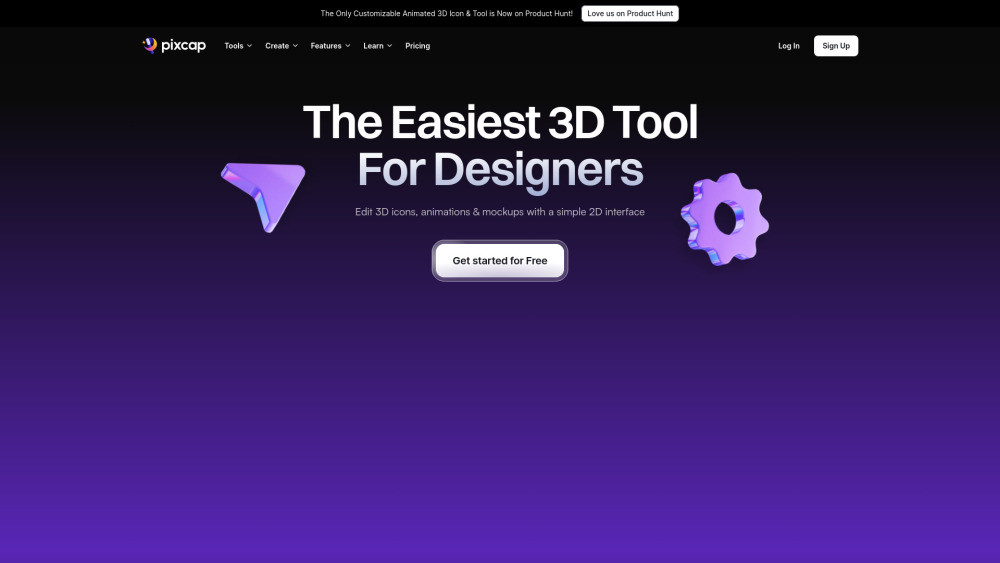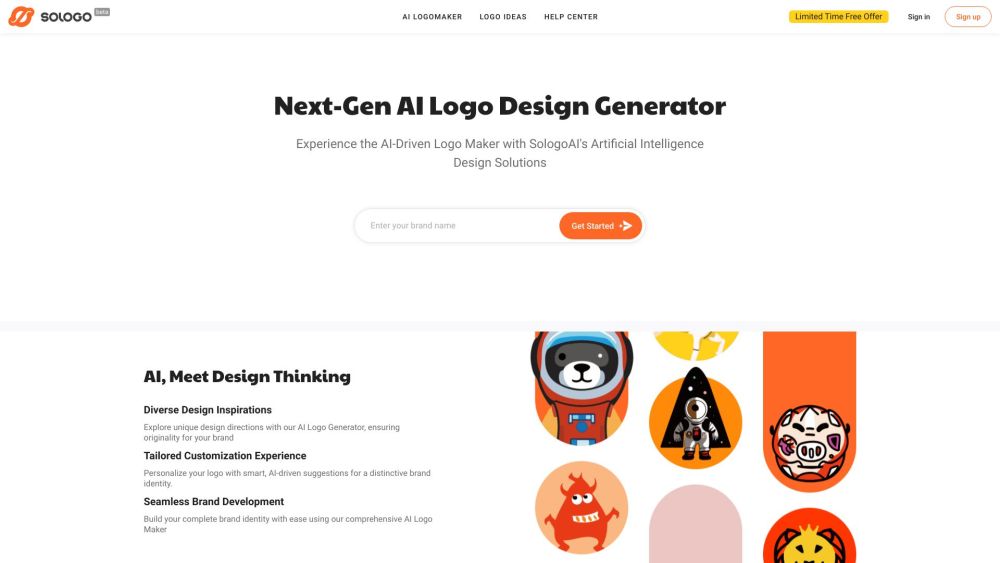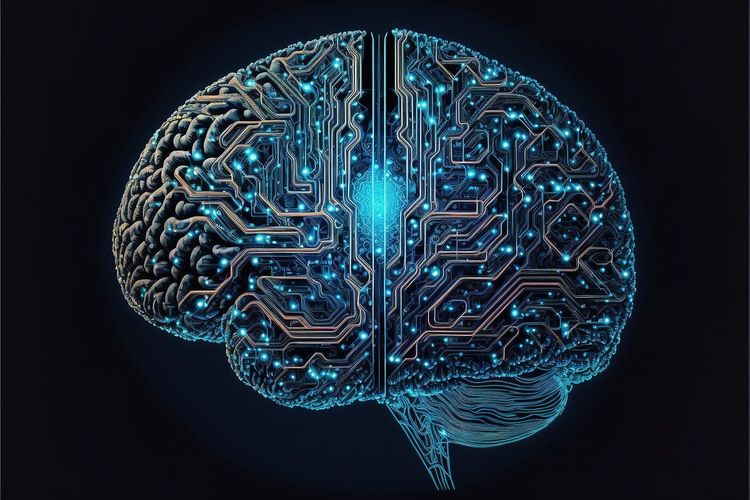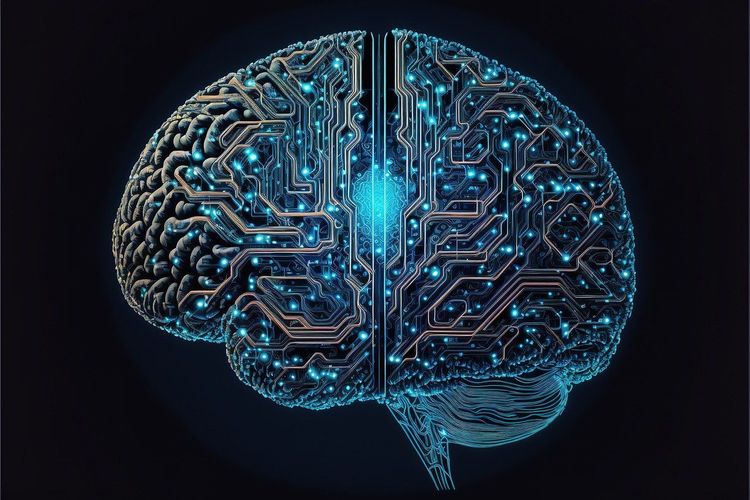Radio astronomers at the Search for Extraterrestrial Intelligence (SETI) Institute are utilizing artificial intelligence (AI) to pioneer the world's initial real-time quest for fast radio bursts (FRBs), which are energetic signals from space that might indicate extraterrestrial life. Recently, Nvidia revealed at its AI Summit that SETI radio astronomers are leveraging Nvidia Holoscan, a sensor-processing platform, and Nvidia IGX, an edge-computing solution, to delve deeper into these seldom-seen astronomical occurrences.
The SETI Institute operates the Allen Telescope Array in Northern California, focusing on seeking signs of extraterrestrial intelligence and studying transient cosmic events such as FRBs. Traditionally, analyzing space radio signals was a sluggish, offline procedure where researchers gathered data to process later using customized software. However, Nvidia's platforms have revolutionized the pace of data analysis from the Allen Telescope Array, enabling SETI researchers to create a real-time mechanism for detecting FRBs and other faint space signals.
This ambitious project was spurred by Andrew Siemion, chair for SETI at the SETI Institute, who recognized the potential of early machine learning for radio signal analysis over a decade ago. Collaborating with Breakthrough Listen, an additional SETI research program based at the University of Oxford, the SETI Institute constructed a real-time data reception and inference system using Holoscan SDK. A Breakthrough Listen researcher then formulated and trained an AI model for spotting fast radio bursts.
During the most recent test, 28 antennas were aimed at the Crab Nebula, capturing over 90 billion data packets in just 15 hours and processing them at nearly 100 gigabits per second — doubling the SETI Institute's previous capability. This innovative AI system can now capture and assess all incoming data without eliminating any for efficiency, marking a notable leap forward from previous methodologies, according to Siemion.
This groundbreaking technological advancement is not exclusive to astronomy. The SETI Institute's novel real-time data analysis pipeline, powered by Nvidia, presents possibilities for diverse industries requiring accelerated computing and AI applications.






